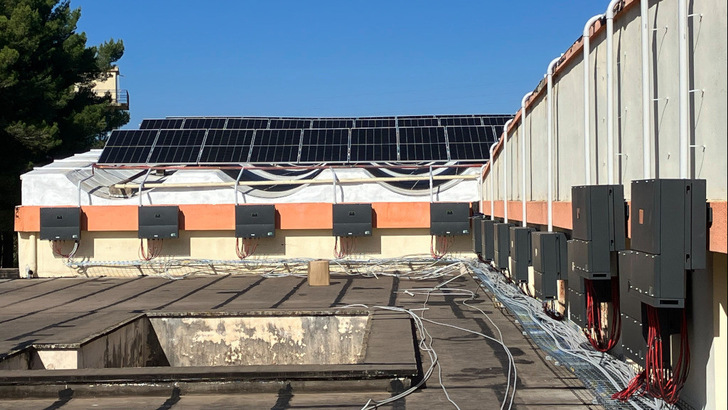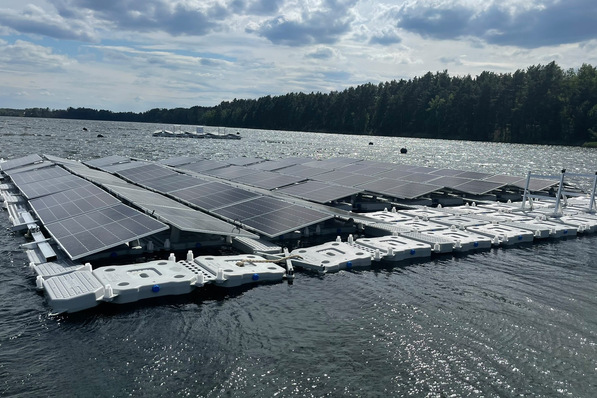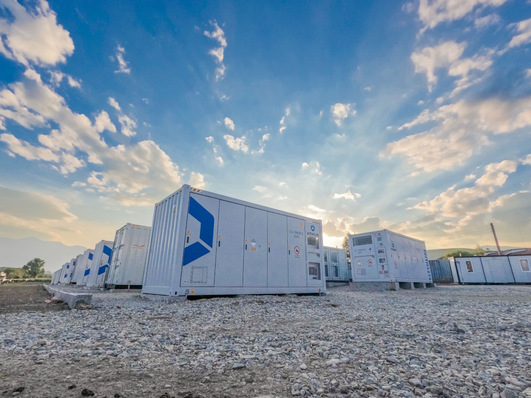The Italian government has drastically restricted the construction of photovoltaic systems on open spaces. With the exception of agri-PV, it is now completely prohibited on arable land. Industrial roofs offer a way out. The project developer EPC Elettronica Italia in the province of Lecce in Apulia has shown what something like this can look like - albeit on a smaller scale than on open land.
9,000 square metres built on
The company has installed a solar generator with an output of one megawatt on the roof of a former tobacco processing plant. The modules are located on the roof of the old factory, which covers an area of 9,000 square metres. With optimum solar radiation and no shaded areas, the company can maximise its yield at this location. After all, the southern Italian region of Apulia has one of the highest irradiation rates per square metre on the entire Apennine peninsula.
20 inverters installed
EPC also achieves its high output by using bifacial modules. These feed the solar power into 20 Piko CI inverters from Kostal Solar Elektrik. The commercial inverters from the manufacturer based in Hagen, Westphalia, each have an output power of 50 kilowatts. "The bifacial modules had to be connected to inverters that are capable of handling a very high current: One of the special features of Kostal's devices is that they support currents of up to 18 amps, making them suitable for this type of installation," explains Paolo Melandri, Field Marketing Engineer at Kostal. "In addition, the type of devices used also allowed us to optimise the configuration of the strings."
See also: Norman Foster Solar Award for church renovation in Switzerland
Practical test of the flexibility of the inverters
The plant in Apulia was one of the first photovoltaic systems in Italy to be installed with such a large number of inverters from the Piko CI series. "For us, this was a practical test of the flexibility of our inverters, as they are rarely used in such a large number of systems with such a high output," says Riccardo Frassanito, Service Manager at Kostal. "It also confirmed the ability of our products to easily manage data transmission and the interaction between the various devices. This ensures efficient monitoring, even with such a large number of installed devices."
Also interesting: Sonnenkraft installs PV on listed theatre in Austria
1.41 gigawatt hours of solar power per year
The bifacial modules ensure a high yield. The planners assume that the generator will supply around 1.41 gigawatt hours of clean electricity every year. All of the energy generated is fed into the grid and sold via an electricity trader. The latter has concluded a purchase agreement with EPC for the solar energy generated. (su/mfo)








